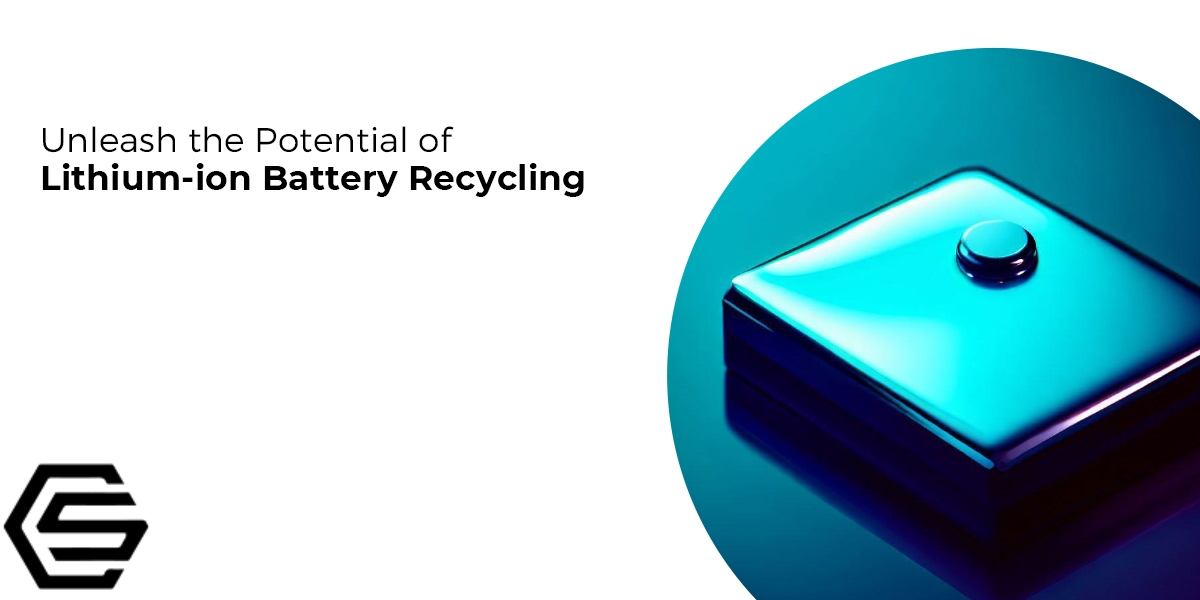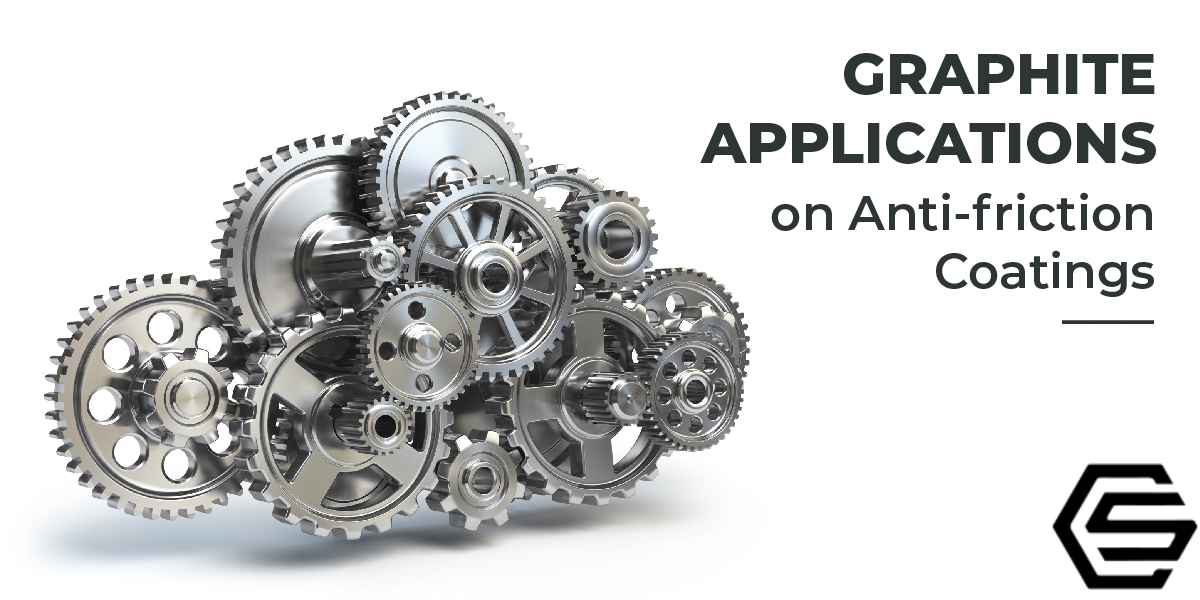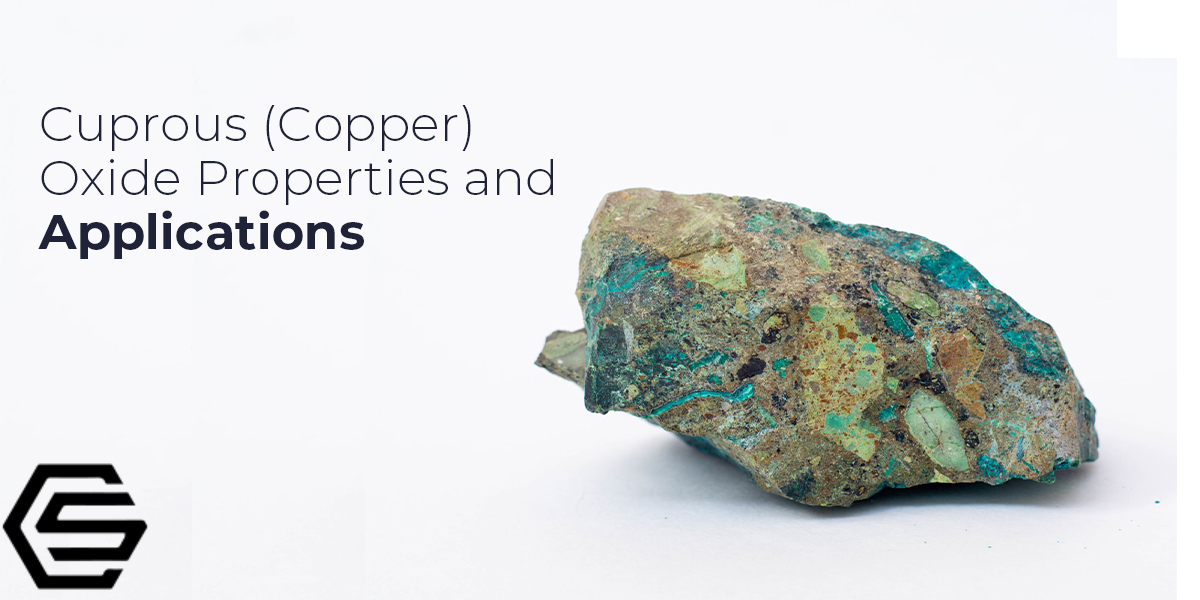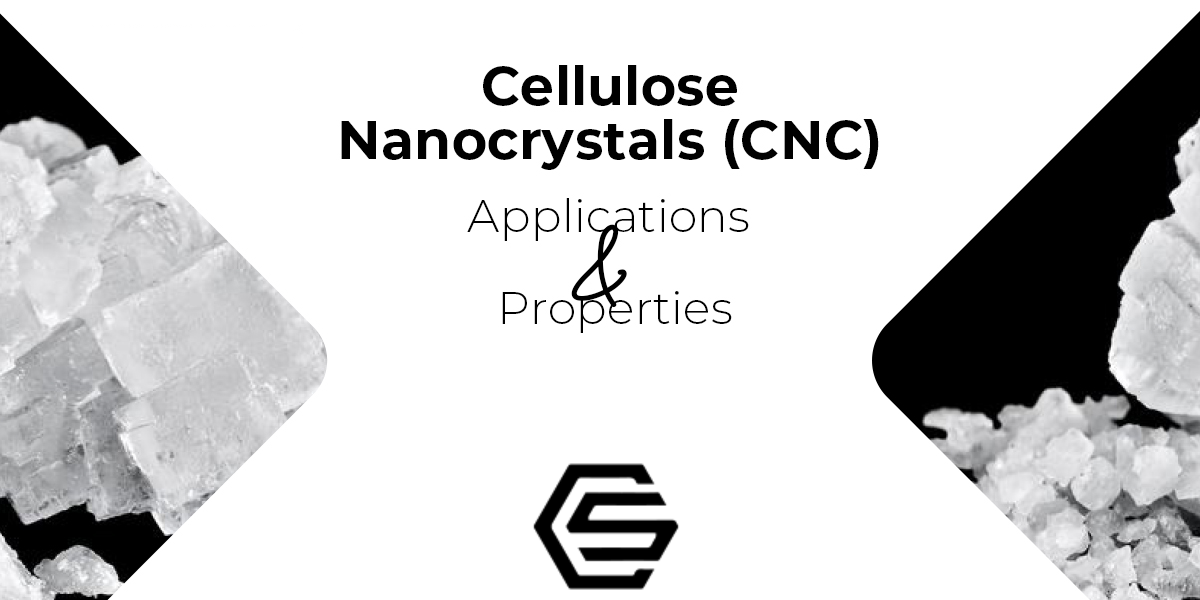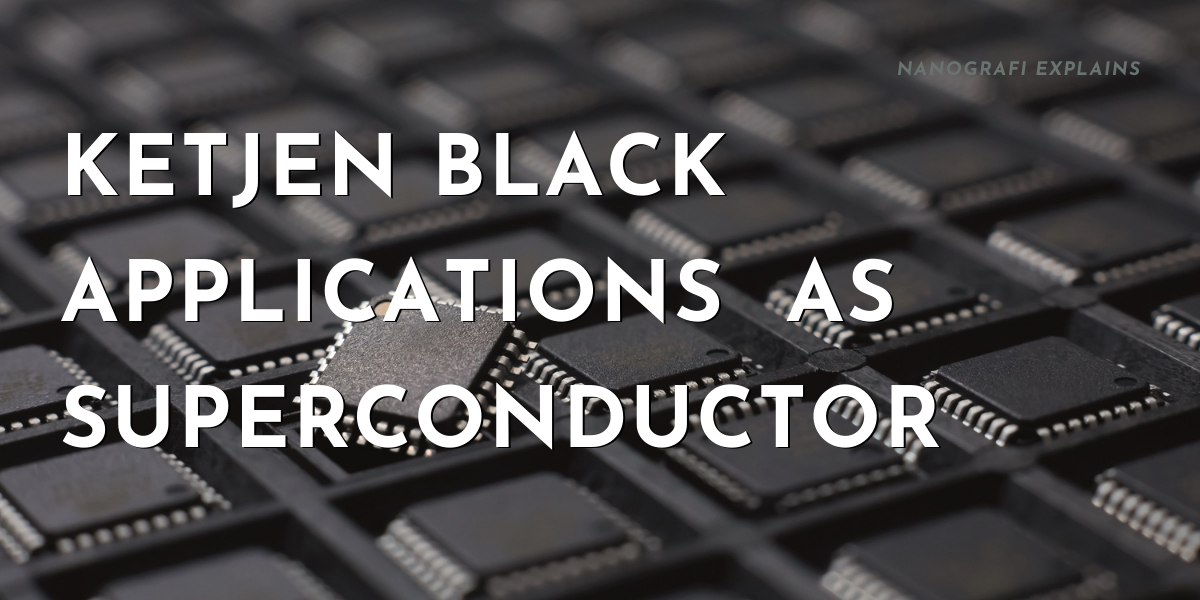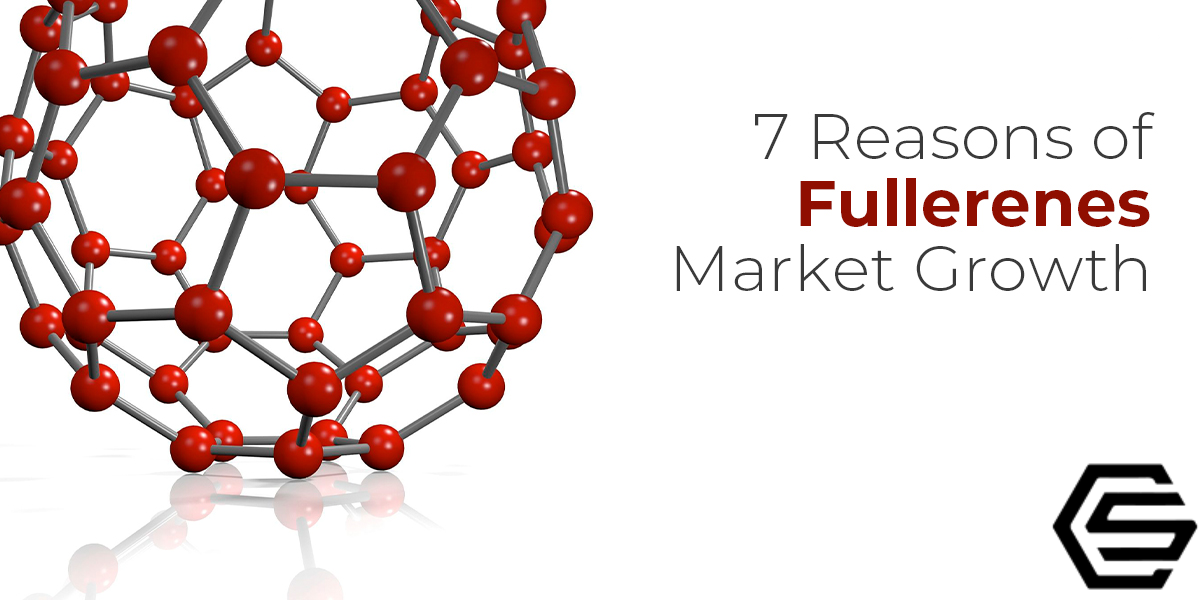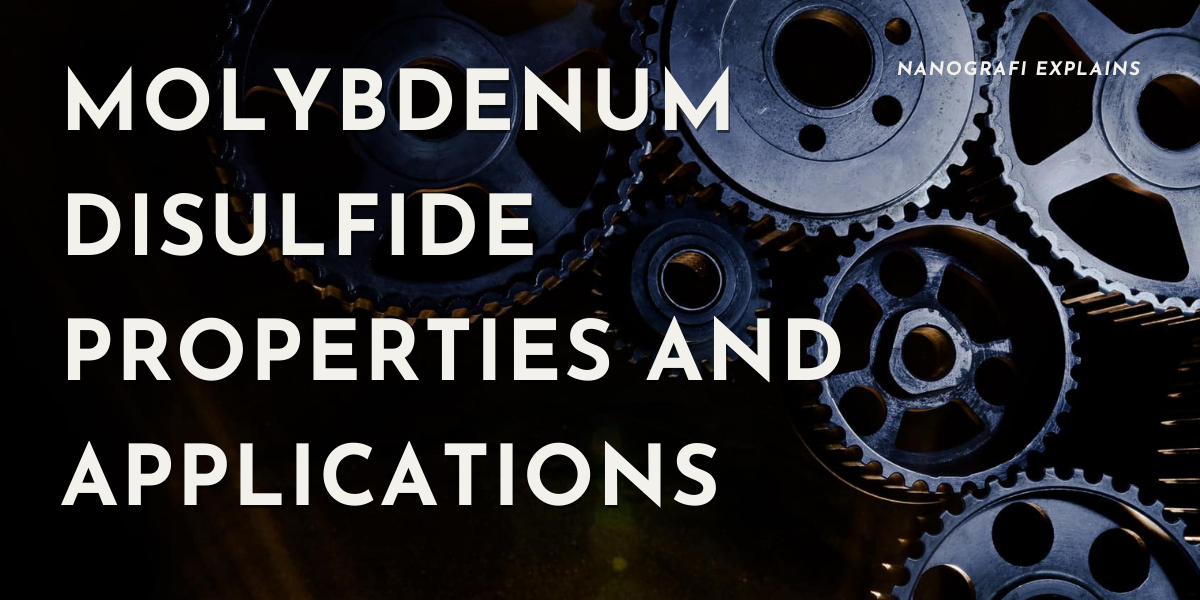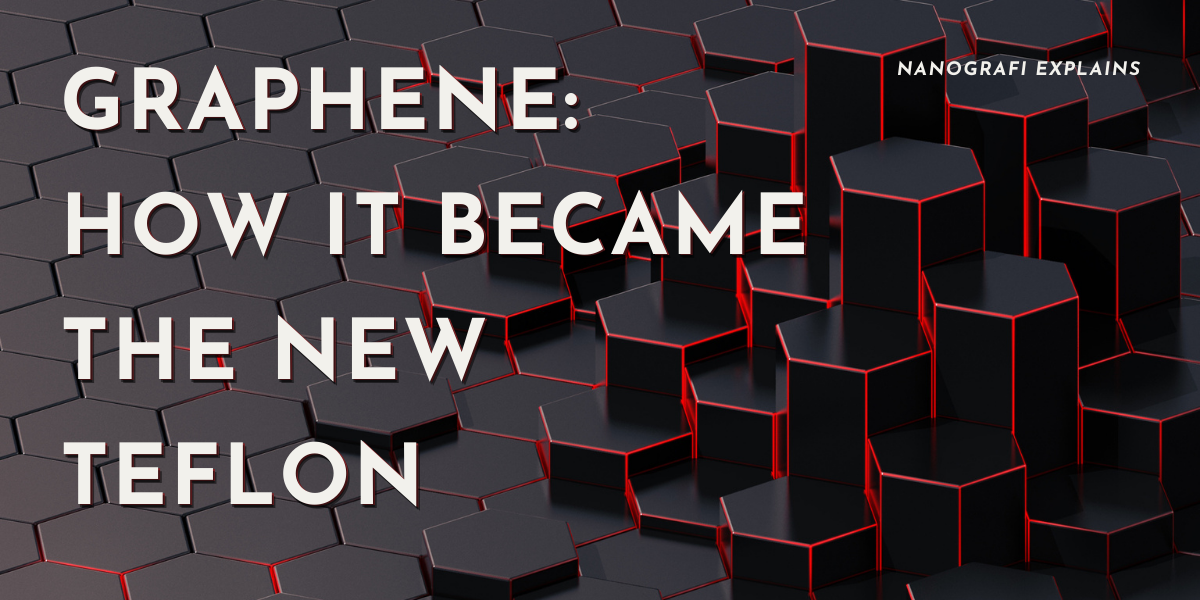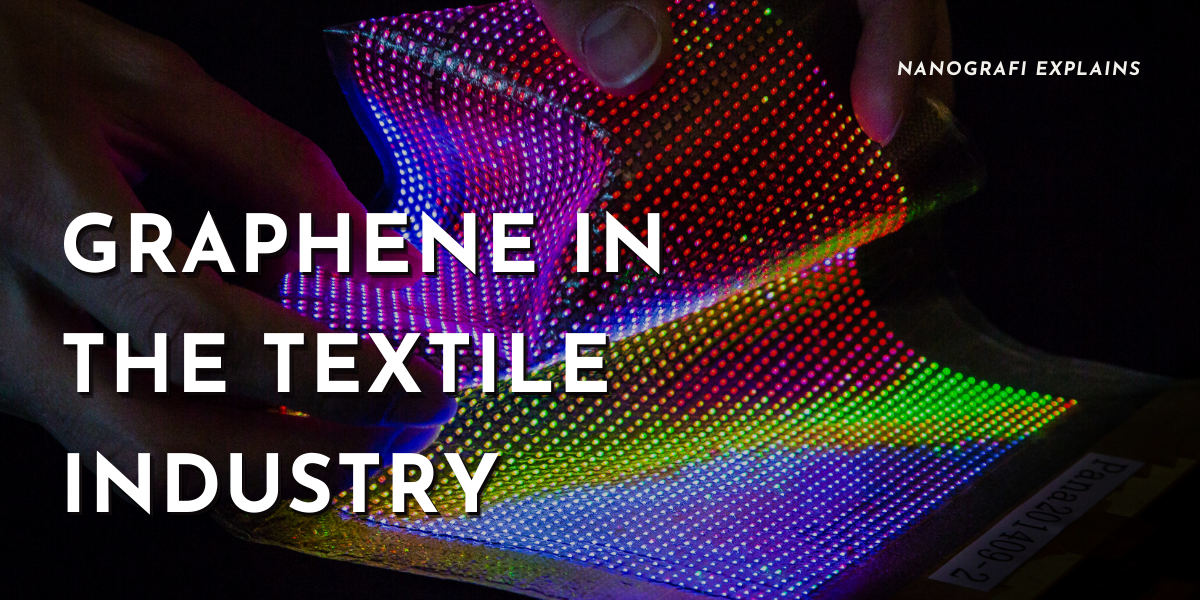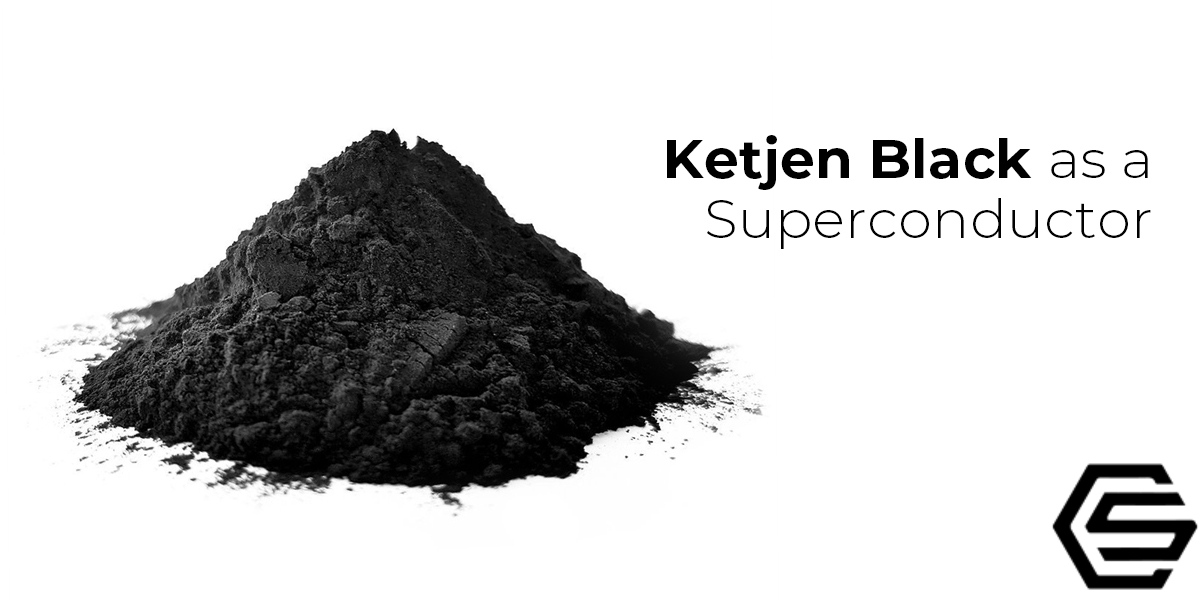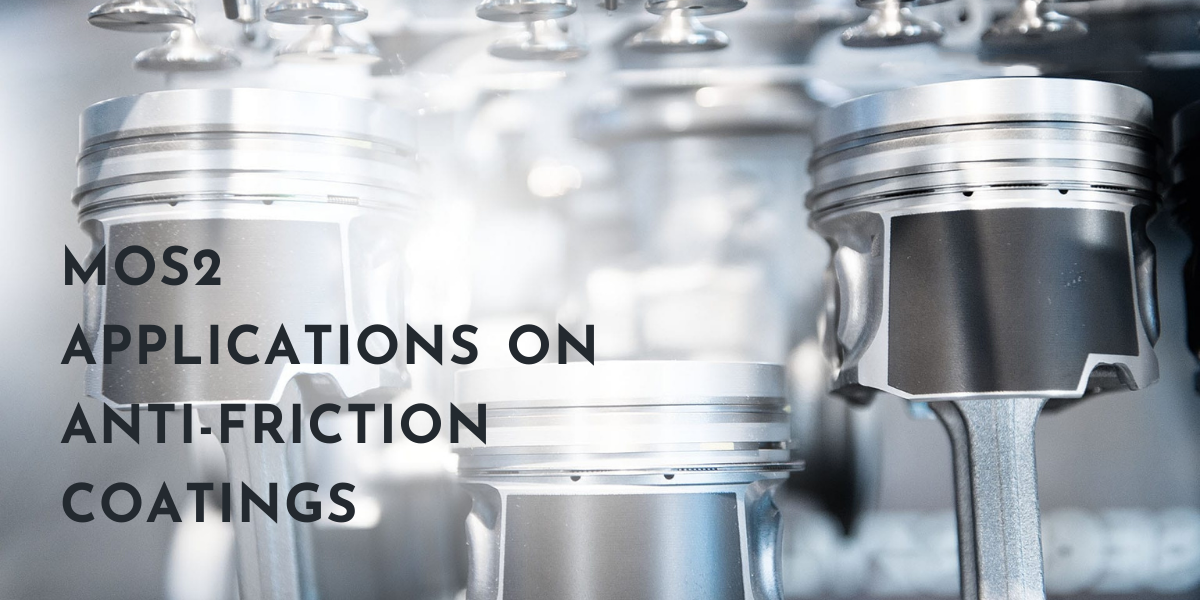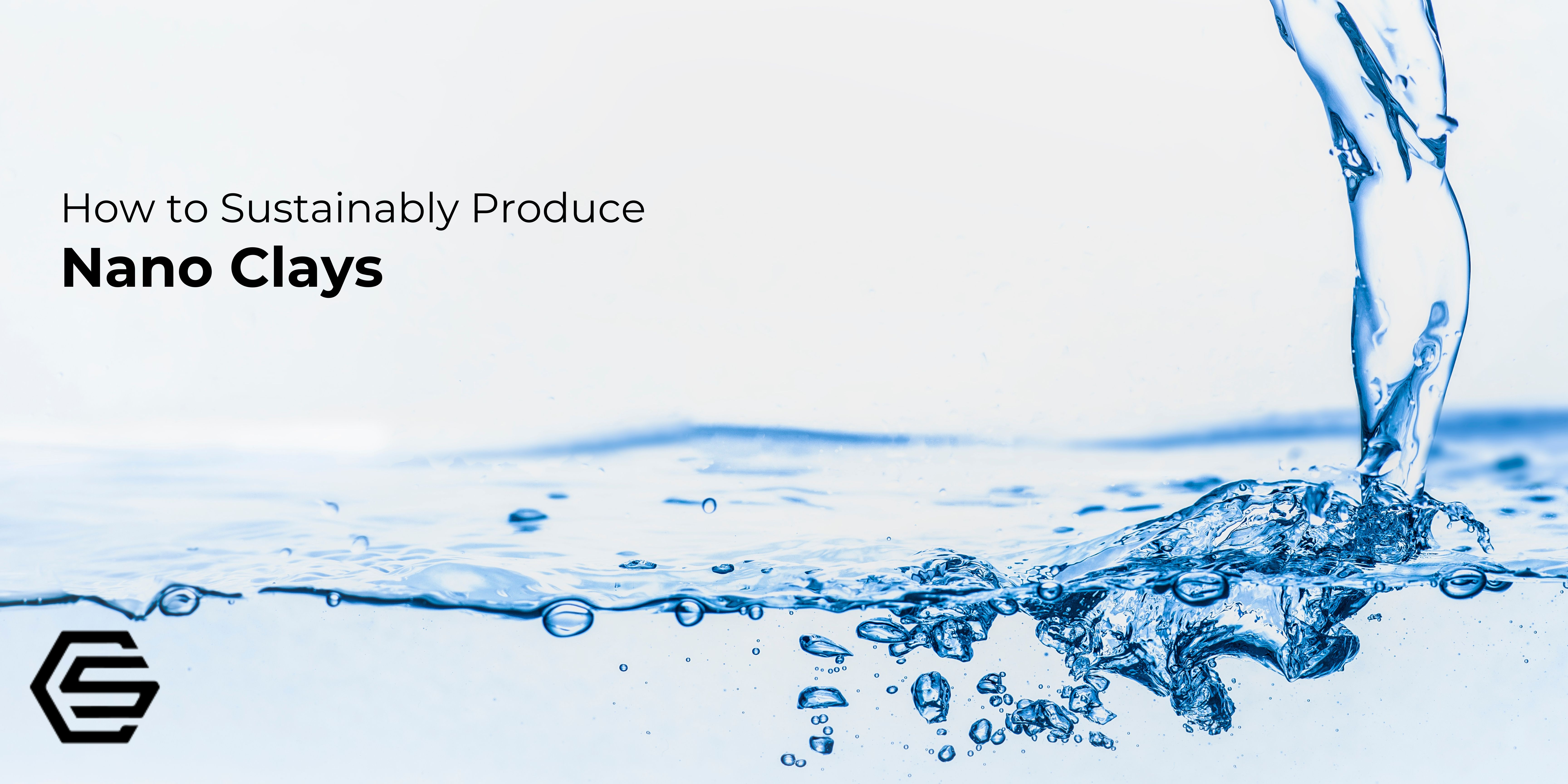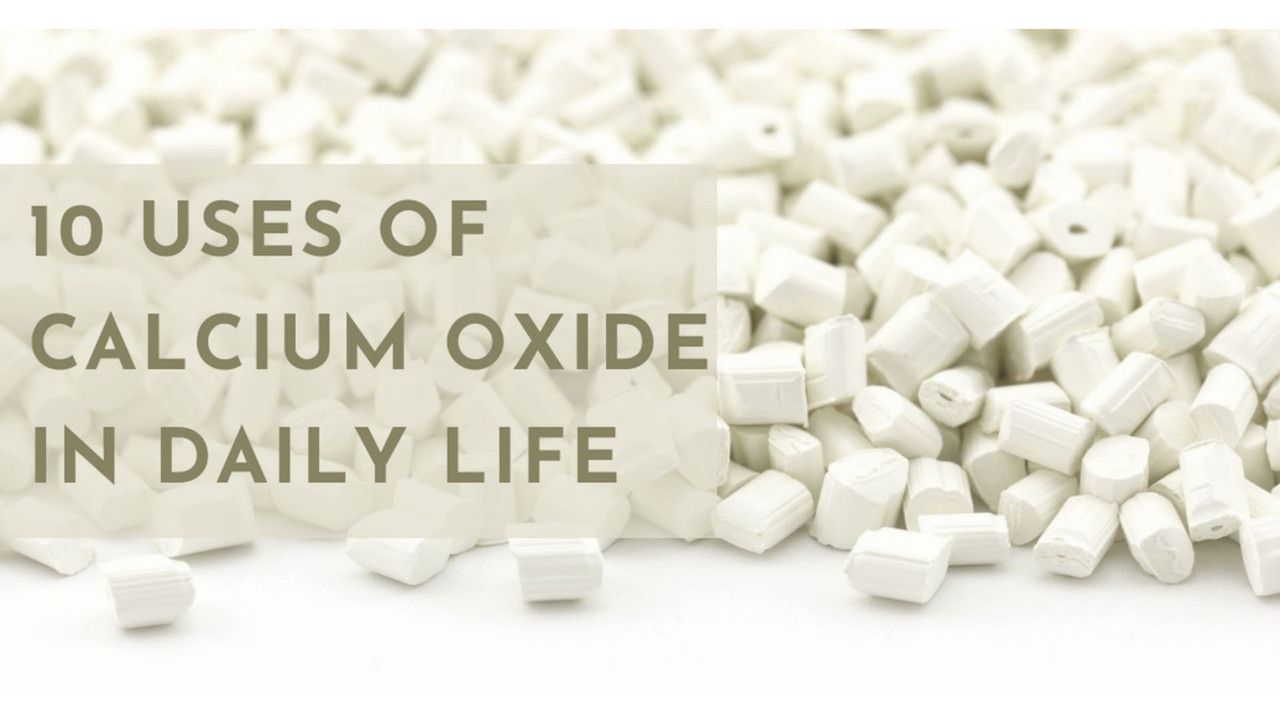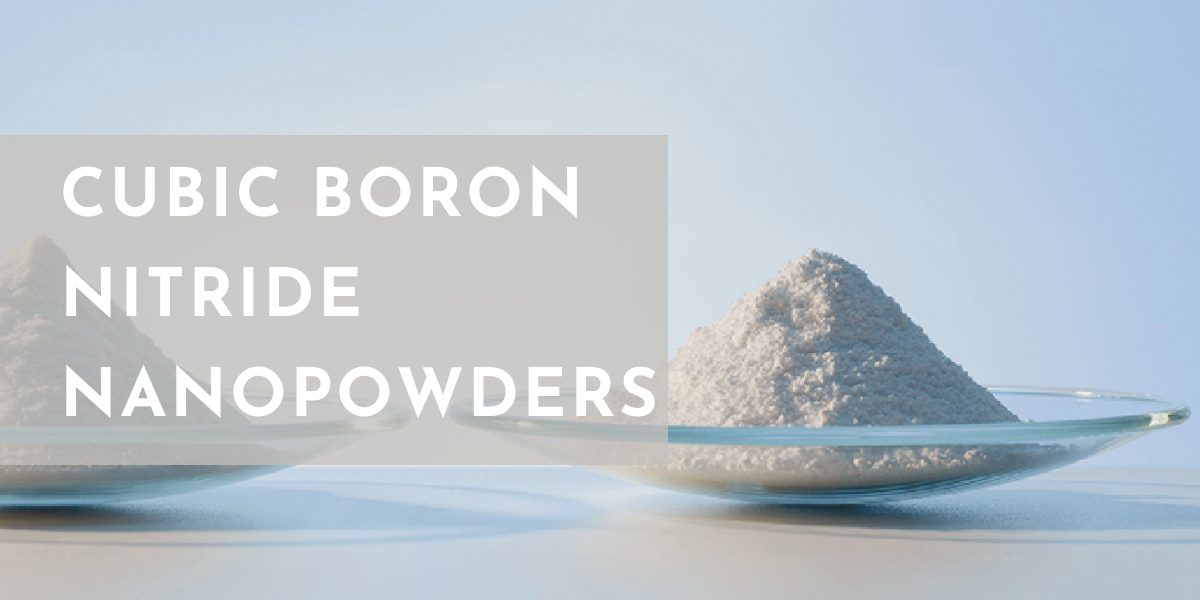Understanding the Two Battery Categories: Lead Acid and Lithium-ion
Lead acid batteries have long been used to power internal combustion engine vehicles and store energy for various car accessories. However, as technology advances, lithium-ion batteries have emerged as a superior alternative. The primary advantage of lithium-ion batteries lies in their higher energy density and longer lifespan, making them more efficient and reliable compared to lead-acid batteries.
The versatile nature of lithium-ion batteries has led to their increasing adoption in various applications, such as grid systems and transportation. These batteries are composed of lithium ions, along with additional components like nickel, manganese, and cobalt.Their unique functionality allows for the dense storage of electricity by converting electrical energy into chemical energy.
Battery safety is crucial, and advancements have made batteries safer for energy storage. In electric cars, a single cell failure won't damage the entire system if designed with safety in mind. Lithium-ion batteries incorporate safety features to mitigate risks. Large-scale renewable energy installations prioritize safety measures. Optimizing processes and exploring emerging technologies will enhance battery performance and lower costs. Ethical sourcing of materials like lithium, nickel, cobalt, manganese, and graphite is essential for sustainability. Battery advancements drive decarbonization and innovations in mining, charging infrastructure, and vehicle-to-grid applications.
Benefits of Li-ion Battery Recycling
Environmental Benefits
Reduces the need for new mining: Recycling lithium-ion batteries helps minimize the demand for new mining activities, reducing the environmental impact associated with extracting metals like cobalt, nickel, and lithium. This helps conserve natural resources and protects ecosystems.
Decreases greenhouse gas emissions: Recycling batteries reduces the need for energy-intensive mining and manufacturing processes, resulting in lower greenhouse gas emissions. It contributes to the overall goal of reducing carbon footprint and combating climate change.
Prevents hazardous waste: Proper recycling of batteries ensures the safe disposal of toxic and hazardous materials present in batteries, such as arsenic compounds. This prevents potential contamination of soil and water sources.
Resource Conservation Benefits
Preserves valuable metals: Recycling lithium-ion batteries allows for the recovery and reuse of valuable metals like cobalt, nickel, and lithium. This reduces the need for raw material extraction and conserves these finite resources.
Enhances supply chain security: By recycling battery materials, the industry reduces its dependence on volatile global supply chains. Domestic availability of recycled materials provides more stability and security in sourcing battery components.
Economic Benefits
Reduces production costs: Recycling batteries can lower the overall cost of lithium-ion battery production by providing a more cost-effective source of materials. This cost reduction can contribute to making battery technologies more affordable and accessible.
Creates job opportunities: Battery recycling facilities and processes require skilled labor, leading to the creation of jobs in the recycling sector. This can contribute to local economic growth and sustainability.
Energy Efficiency Benefits
Saves energy in material extraction: Recycling batteries eliminates the need for energy-intensive mining processes, reducing the energy consumption associated with primary material extraction. This contributes to overall energy conservation efforts.
Reduces energy consumption in manufacturing: Recycling materials from used batteries can help conserve energy by reducing the energy-intensive processes involved in manufacturing new battery components. This leads to energy savings and a more efficient use of resources.
To gain more information about Lithium-ion batteries, read the above article.
Challenges of Li-ion Battery Recycling
Increasing Demand and Raw Material Shortages
-The rapid growth of electric vehicle (EV) production and the transition to net-zero emissions have led to a surge in the demand for battery-related raw materials such as nickel (Ni), cobalt (Co), manganese (Mn), lithium (Li), and graphite.
-Meeting the anticipated demand for these raw materials poses challenges as the global supply chain may face significant lead times and potential shortages, particularly for lithium and cobalt.
Environmental Impact and Improper Handling
-The lifespan of lithium-ion batteries (LIBs) ranges from 1-3 years for consumer electronics to 8-10 years for EVs and energy storage systems. As a result, a substantial amount of used LIBs is expected to be generated in the near future.
-Improper handling and disposal of spent LIBs can lead to environmental problems, including the release of toxic heavy metals like cobalt, nickel, manganese, and harmful gases such as hydrogen fluoride (HF) into the environment.
-Accumulation of used LIBs without proper management increases the risk of fire and explosions, highlighting the importance of safe handling and recycling practices.
Recycling as a Solution
-Viewing used LIBs as valuable resources, their internal components can be considered battery-grade and suitable for reuse in manufacturing new batteries.
-Recycling used LIBs presents an opportunity to establish a circular supply chain by reintroducing recovered materials into the production of new batteries, reducing reliance on virgin raw materials.
Techniques and Technologies to Overcome Recycling Challenges
Commercial recycling operations heavily rely on extracting valuable cathode components from LIBs (Lithium-ıon batteries) to generate revenue. However, the reduction of cobalt content in new cathode material chemistries poses economic challenges for traditional LIB recycling. Research opportunities include improving disassembling technologies, sorting methods, universal recycling processes, designing for recycling, and battery standardization to reduce costs and enhance business models. It is crucial to optimize current recycling technologies to ensure profitability and economic viability.
Energy efficiency is a key consideration in battery recycling. Reusing current collectors and cathode materials can significantly reduce energy use, while recycling any recyclable cathode materials helps lower greenhouse gas emissions. The choice of recycling technology and the capacity utilization of batteries also influence energy savings. Hydrometallurgical and pyrometallurgical methods offer different energy-saving potentials, with physical approaches generally requiring lower processing temperatures. Battery type determines the most suitable recycling practices, with hydrometallurgical techniques preferred for certain batteries and pyrometallurgical techniques for others. However, continuous advancements in battery technology make recycling more challenging and require ongoing improvements in recycling methods.
Lithium-ion Battery Recycling Methodologies
Direct Recycling: This method involves physically separating the battery parts and disassembling the batteries to retain the cathode material for reuse in LIBs. Direct recycling requires less energy and resources compared to other techniques, but it requires effort to separate the battery parts for reuse.
Pyrometallurgical Processes: Pyrometallurgical processes use thermal energy, typically generated by the combustion of the battery shell and organic components, to reduce battery components to metals and slag that can be separated. While pyrometallurgy cannot recover lithium, it can be used to recycle a variety of battery types with lower energy and capital expenses compared to other approaches, not limited to LIBs.
Hydrometallurgical Processes: Hydrometallurgical processes involve removing metal components from batteries using aqueous solutions and selectively precipitating specific metal compounds for recovery. Compared to pyrometallurgy, hydrometallurgy requires less energy and has lower facility expenses, but it utilizes more chemicals and water in the battery production process. Pretreatment techniques are also necessary for both pyrometallurgical and hydrometallurgical processes to prepare the battery materials for further processing.


